When we first heard from Richard Nissen, in June 2017, he shared one of the boats he had built and added to his small fleet at his home west of London on the River Thames. It was a s’ciopon, a Venetian boat rowed standing up and facing forward. With his newest boat, he’s still facing forward, but he’s taken a seat. It’s a skin-on-frame kayak, built to the plans and instructions in George Putz’s 1990 book, Wood and Canvas Kayak Building. Putz took his inspiration from a how-to article by about the Walrus kayak by Norman Skene in the June 1923 issue of the now defunct magazine, The Rudder. And Skene took his inspiration from a Southwest Greenland kayak he measured in 1921 in the Peabody Museum in Salem, Massachusetts. Howard Chapelle drew the lines for that kayak and included it in his chapter of Bark Canoes and Skin Boats of North America. The frame's many elements are screwed and glued together. When it was finished, Richard had to decide what to skin it with.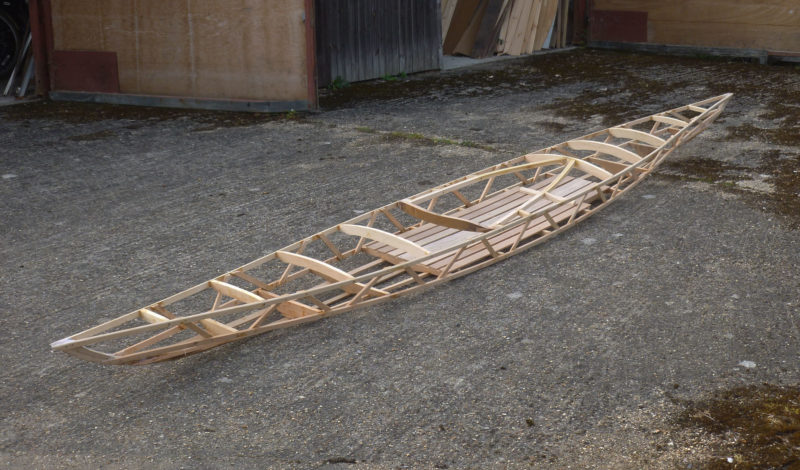 Richard Nissen
Richard Nissen
Join The Conversation
We welcome your comments about this article. To include a photo with your remarks, click Choose File below the Comment box.

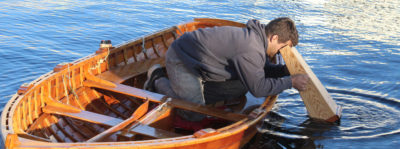
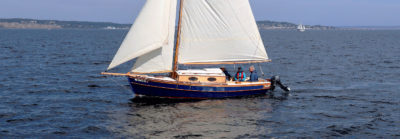

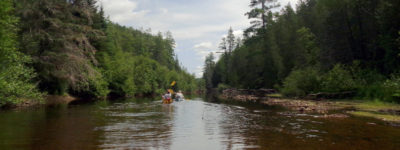
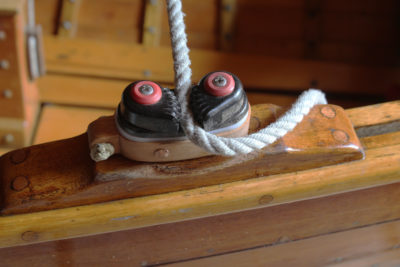
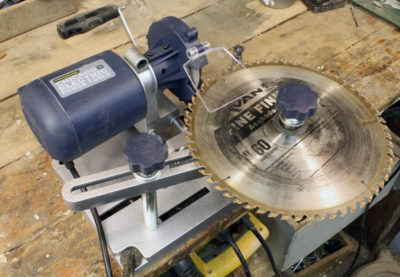
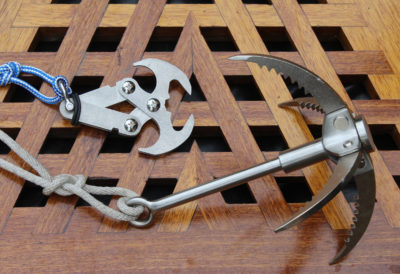


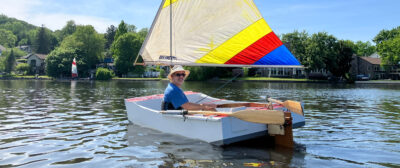
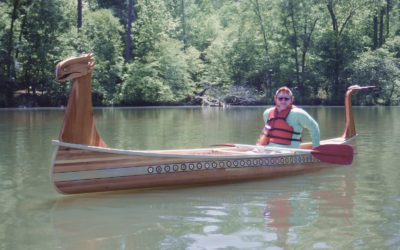
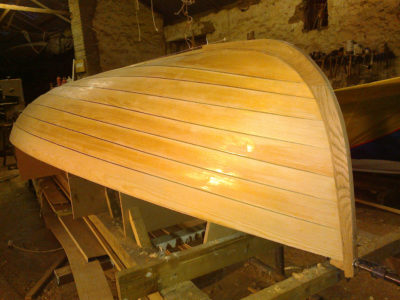
George Dyson, in Bellingham, Washington, uses a heavy-duty nylon fabric to skin his baidarkas. This is pricier and heavier than your poly, but very tough. His father is Freeman Dyson, the eminent astrophysicist. You can google George to get his contact information. His book Baidarka is a impressive tome, with much historical background on the baidarka, and beautiful photos of his kayaks, both finished and under construction.
At one time he lived in a treehouse high in a Douglas fir, near Deep Cove east of Vancouver, British Columbia.
Alas, George’s tree house is no more, and there are notions for development of the area – a parking lot, I believe…
I would also like to recommend George Dyson as a source to get fabric coverings from. He sells quite a few different weights and types, and it’s extremely strong and, when painted with regular oil-based enamel, quite waterproof. I believe is the name of his business is Dyson Baidarka and Co. He has a half-built website, but most of his business is conducted over the phone or through email.
About twenty years ago, George Dyson’s book inspired me to build a baidarka to the design in the back of the book. However, instead of aluminum tubing for the frame, I made it out of wood and further, I converted it to be able to take it apart for easier transport. I did buy the heavy-duty nylon from George for the skin and used Hypalon rubber deck paint to seal it. Its first major trip was by air to Haida Gwaii where I lashed it together and paddled in the archipelago for nearly a month.
For what it’s worth, I’ve considered using vinyl-coated polyester billboard tarp material as an economical SOF kayak-covering material, but have only used for boat covers so far. The white-both-sides roll I bought a few years ago was under 20 cents per square foot. Can’t recall the vendor, but a quick search comes up with these sources, which may have similar material in various weights and thicknesses:
Billboard Tarps
…and if you want to reuse materials and don’t mind advertising on one side with the other side black:
Repurposed Materials
There may be other sources.
When I read Richard’s fix, it seemed a little hit-and-miss and this has proven to be the case. While I can only guess at the details of his keel protection strip, I suggest that the answer would be to remove the screws one at a time, injecting sealant into the hole, and replacing the screw. There may be better ways, but this seems like the quickest.